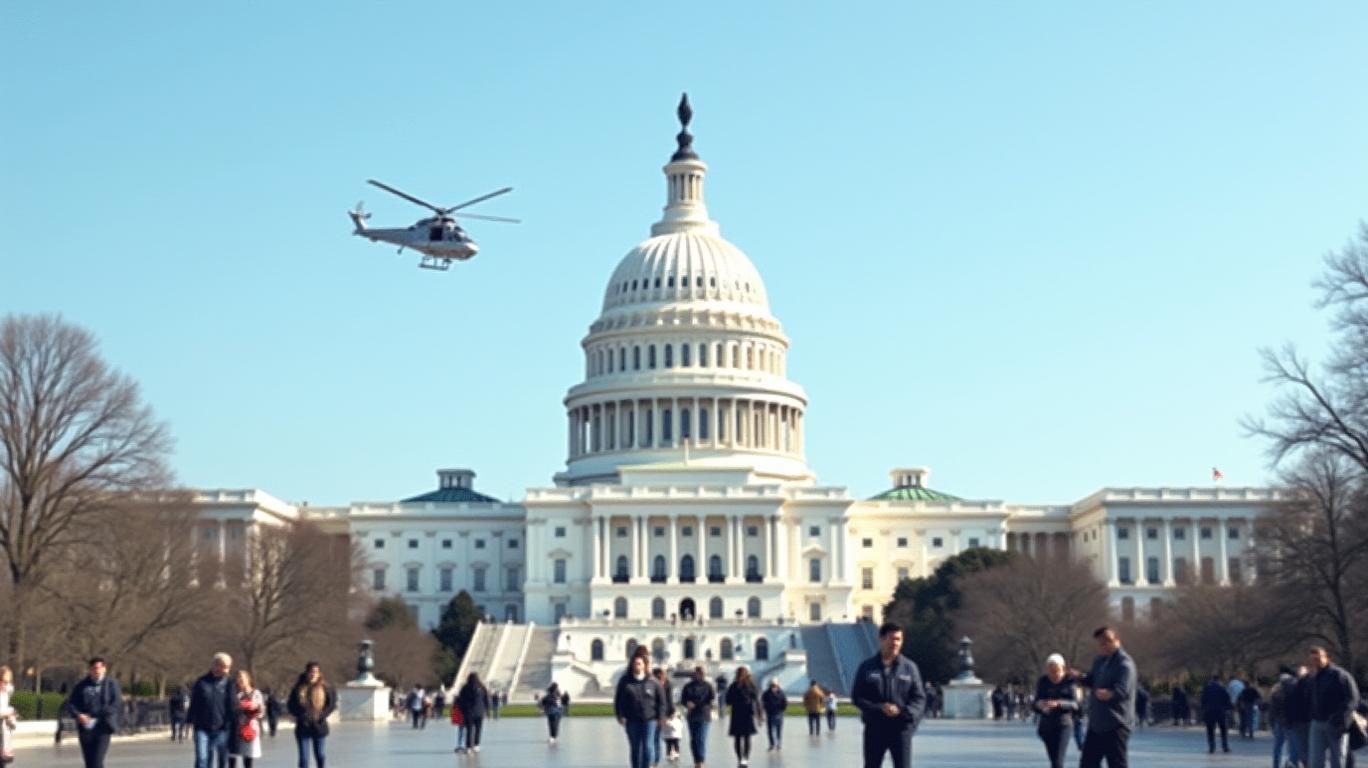Federal Injunctions and Fiscal Volatility: Navigating the Implications of the FMCS-MBDA-IMLS Ruling
In March 2025, a federal judge in Rhode Island dealt a significant blow to President Donald Trump’s executive order to dismantle three small federal agencies—the Federal Mediation and Conciliation Service (FMCS), Minority Business Development Agency (MBDA), and Institute of Museum and Library Services (IMLS). The ruling, which blocked the defunding under the Administrative Procedure Act (APA), underscored a growing judicial pushback against executive overreach. Yet, this victory for institutional stability comes amid broader legal and policy uncertainty for industries reliant on federal grants. For investors, the case illuminates both opportunities and risks in sectors tied to federal funding, while highlighting the fragility of administrative continuity under shifting political winds.

The Legal Backdrop: Judicial Limits on Executive Power
Judge John J. McConnell’s injunction hinged on the separation of powers: Congress, not the executive branch, holds the authority to allocate funds. The
, MBDA, and IMLS were explicitly funded through a continuing appropriations bill signed by Trump himself, yet his order sought to defund them by invoking “executive priority.” The court rejected this as “arbitrary and capricious,” emphasizing that agencies cannot be terminated unilaterally if Congress has already secured their budgets.This ruling aligns with a series of lower-court decisions, such as the temporary restraining orders in Woonasquatucket River Watershed Council v. USDA and New York v. Trump, which blocked freezes on Infrastructure Investment and Jobs Act (IIJA) and Inflation Reduction Act (IRA) grants. However, the U.S. Supreme Court’s April 2025 decision in Department of Education v. California complicates the picture: it stripped federal grantees of the ability to challenge defunding via the APA in district courts, forcing claims into the U.S. Court of Federal Claims (CFC), where only monetary damages—not injunctive relief—are available.
Sector-Specific Implications
Labor Mediation and FMCS: Stability Amid Regulatory Risk
The FMCS, established under the 1947 Taft-Hartley Act, facilitates labor-management negotiations. Its survival ensures continued demand for third-party mediation services, benefiting firms like JAMS and ADR Systems. Yet, the Supreme Court’s APA jurisdiction ruling introduces uncertainty for other labor-related grants.
Minority Business Development (MBDA): A Bipartisan Lifeline
The MBDA’s preservation is critical for minority-owned businesses, which rely on its grants and networking support. Antwon King’s Milwaukee trucking firm, saved by the injunction, exemplifies the agency’s role in fostering economic inclusion. However, the Trump administration’s attempt to repurpose MBDA funds highlights vulnerabilities for politically charged programs.
Libraries and Museums (IMLS): Public Goods Under Siege
The IMLS’s $266 million annual grants to libraries and museums were shielded by Judge Richard Leon’s parallel ruling. Yet, the Supreme Court’s decision leaves other cultural institutions exposed to defunding unless they can prove statutory mandates.
Broader Investment Considerations
The FMCS-MBDA-IMLS case reveals two contradictory trends:
1. Judicial Safeguards for Statutorily Mandated Programs: Agencies with clear legislative mandates (like FMCS under Taft-Hartley) face stronger protections.
2. Executive Flexibility on Discretionary Grants: Programs tied to “administration priorities” (e.g., climate initiatives under EO 14154) remain at risk, as the APA jurisdiction ruling limits immediate judicial recourse.
For investors, this bifurcates opportunities and risks:
- Stable Sectors: Companies serving FMCS-like statutory functions, such as labor arbitration services or minority business incubators, may see steady demand.
- Volatile Sectors: Firms dependent on discretionary grants (e.g., climate tech, international aid) face heightened uncertainty, requiring contingency planning.
Conclusion: A Delicate Balance Between Stability and Risk
The Rhode Island injunction preserved $266 million annually for museums and libraries, $150 million for labor mediation, and $32 million for minority business support. These figures underscore the tangible economic stakes of judicial decisions. However, the Supreme Court’s APA ruling leaves industries reliant on non-statutory grants vulnerable to abrupt defunding.
Investors should prioritize:
1. Contractual Clarity: Grantees with termination clauses allowing recovery of incurred costs (per Jacobs Engineering Group v. U.S.) will fare better.
2. Diversification: Avoid overexposure to politically contentious grants (e.g., climate, DEI programs) unless paired with CFC litigation readiness.
3. State-Level Alliances: States like New York and Rhode Island have shown efficacy in blocking executive overreach; partnerships with such entities may reduce risk.
While the FMCS-MBDA-IMLS ruling offers a reprieve, the broader fiscal landscape remains precarious. With 21 states already litigating against executive overreach, the judiciary’s role as a check on arbitrary defunding is clear—but it comes with limits. For investors, the lesson is this: statutory certainty trumps political whims, and preparedness for post-termination litigation is no longer optional.
Data sources: U.S. District Court rulings (2025), Congressional Budget Office (CBO), Federal Claims Court case histories (FY2020–2025).

Comments
No comments yet